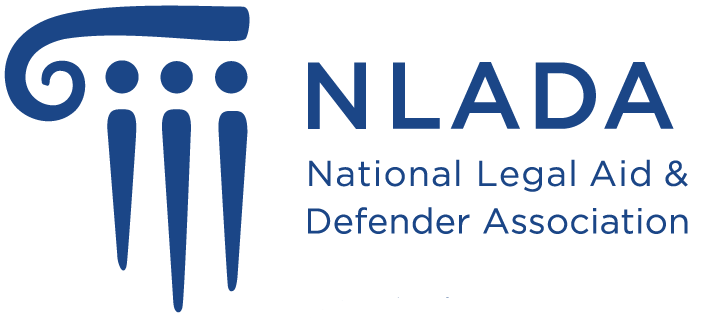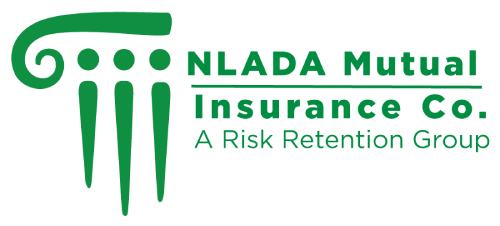The earliest legal aid societies emerged to assist immigrants in New York City in the last quarter of the 19th Century but it was not until the 1920s that an organized, coordinated national effort took shape. The National Legal Aid and Defender Association (NLADA), organized in 1911 as the National Alliance of Legal Aid Societies, served as a catalyst for the emerging development of the American civil legal aid system. Over the next 40 years, the legal aid societies that emerged were mostly reliant on sparse resources from private charity, and huge regions remained entirely unserved.
The Development of the Modern Systems
The expansion of the modern American legal aid system began under the presidency of Lyndon Johnson, who’s “War on Poverty” included the creation in 1964 of the national Legal Services Program, shifted the perspective of the mission of legal aid from one of limited individual representation to one that considered how lawyers could use their skills to attack the root causes of poverty. For the first time, the federal government invested in the legal aid system to support appellate advocacy, legislative and administrative advocacy, and deep community engagement.
A decade later, resistance to President Richard Nixon’s efforts to undermine the Legal Services Program led to a fundamental restructuring of federal legal aid by Congress, taking it out of the executive office and creating the independent Legal Services Corporation (LSC). Over the next six years, federal funding grew fivefold, and LSC expanded availability of legal aid from primarily an urban program to cover virtually every county and territory of the United States.
Legal Aid Today
LSC continues to provide vital resources to legal services programs today, but its history has seen some of the most dramatic shifts of the political pendulum over the past 40 years. President Ronald Reagan tried to eliminate the program, succeeding in obtaining the first of two severe cuts in LSC funding from Congress. Successor presidents have supported LSC to differing degrees, obtaining slow, but gradual increases in federal support. However, despite the efforts of the Obama Administration, the $385 million appropriation by Congress for LSC in 2016 is less than half of the peak federal appropriations in 1981 in real terms.
Today, advances in technology are shifting the landscape of access to justice once again. Online resources and innovative business models are attempting to bridge the justice gap that grows wider every day. Despite this, the need for legal aid outstrips the funding and infrastructure dedicated to it. At the same time, the legal system is ever more complex, often unnavigable without assistance, leading to growing calls for access to counsel for every person that needs it.

